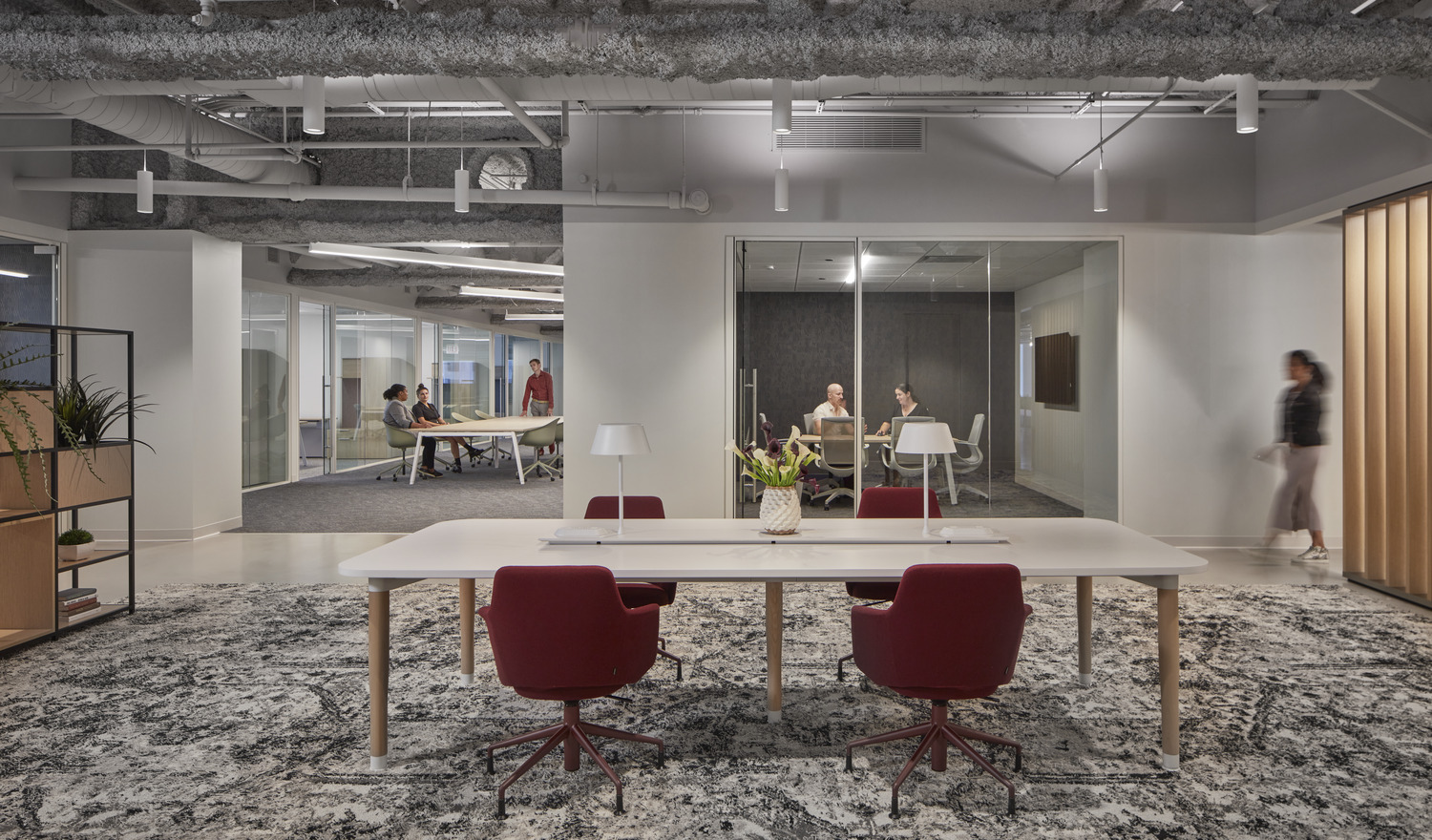
Interested in understanding what pandemic design strategies will stick, what we'll see more of, or what designers want to stress to clients in 2023 and beyond?
Check out some of our 2023 predictions for workplace design by clicking below!

Interested in understanding what pandemic design strategies will stick, what we'll see more of, or what designers want to stress to clients in 2023 and beyond?
Check out some of our 2023 predictions for workplace design by clicking below!
Future-proofing is a strategic approach that architects and builders use when designing buildings. The concept is all about predicting potential future challenges— anything from environmental pressures, such as extreme weather conditions, to societal changes, like new technology demands.
By anticipating these factors, a building can remain functional and relevant, even as times change. The goal is to prevent a building from becoming obsolete or outdated, ensuring it can serve its purpose for many years to come. Download our top 4 tips for future proofing your next building below!
As a design approach, biophilia aims to reconnect us with natural elements to enhance well-being and productivity in indoor settings. In a world where technology is being more heavily relied on to break down the barriers between those working in different places, biophilia stands out as a method to create strong connections to the physical place and the occupants sharing that space.
Click below to see how Biophilic design in the workplace is not just beautiful, but enhances experience, health and wellness outcomes, and drives significant business benefits.
What “going to work” looks like has changed. We are living in an era of transformation – one of hybrid work schedules and flexible arrangements. As employees navigate this new normal, the role of Experiential Graphic Design (EGD) within office spaces has evolved to serve enhanced functions that are both practical and cultural, yet many clients are either not utilizing it to its full potential, or they’re leaving it off the table completely, thinking it’s a “nice to have” or an unnecessary additional service.
Below is our take on the two biggest value drivers that a quality, embedded environmental graphic design approach can bring to your office.